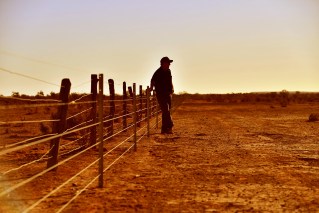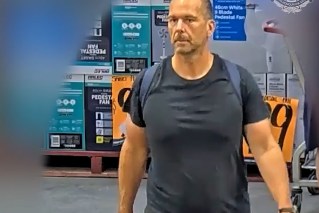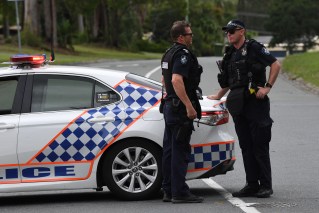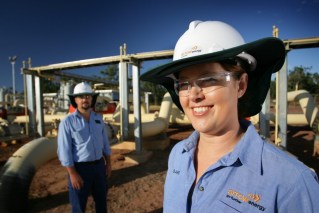Regional cities ‘going it alone’ to stay ahead of post-pandemic crime
Vigilant rural communities across Queensland are engaging a top international criminologist in a bid to keep their districts sheltered from potential crime spikes as COVID-19 restrictions ease.

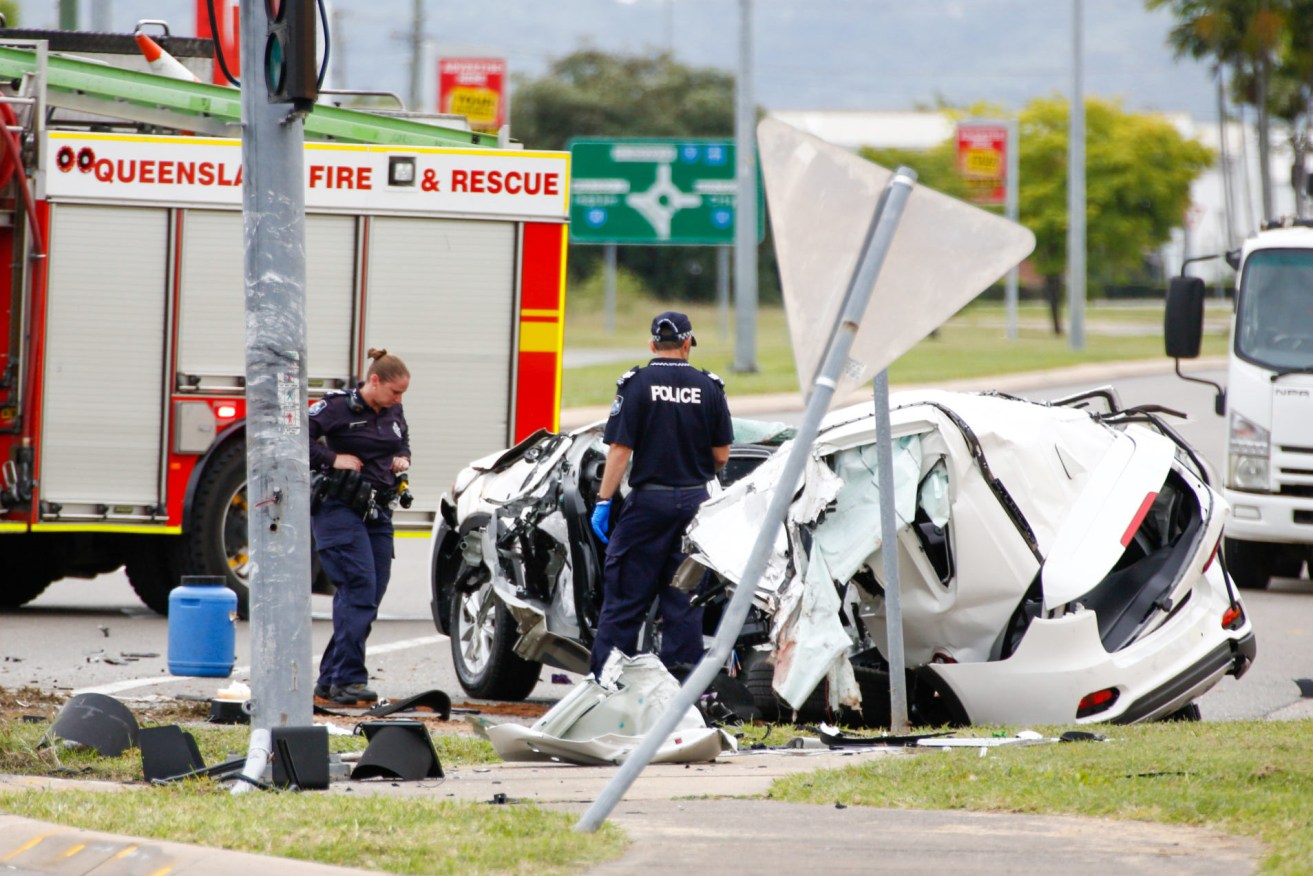
Four teenagers died in a car crash in Townsville in June. (Photo: AAP Image/Michael Chambers)
Griffith University’s Dr Tarah Hodgkinson has told InQueensland she is in talks with several civic leaders looking to launch intensive crime-fighting projects that have met success in her native Canada.
Demand for her services comes as large regional centres such as Ipswich and Townsville continue to battle local crime waves, with some businesses reportedly closing due to ongoing assaults on property and other violations.
Hodgkinson said current figures did not support the perception crime generally was rising across the State and in tandem with the depressed economy.
“In fact, looking at the data after COVID, crime has plummeted across Queensland in both rural and regional communities, as well as urban,” she said.
“It will be interesting to see what happens now that the restrictions have been removed.”
While crime-watchers agree we’re moving into uncharted territory, consistent trends show communities with a rural postcode are more likely to be targets of criminal activity than large cities when measured against population, with the impact of crime also felt harder.
“In a city like Brisbane the crime rate looks like four to 5000 incidents per 100,000 people, but in communities say five or six hours’ drive away, the rate more than doubles to between 10 to 12,000 incidents per 100,000 people,” she said.

Dr Tarah Hodgkinson
On paper the figures for rural and regional communities may look alarming, but not to criminologists like Hodgkinson, who says the calculations come with caveats.
“This includes all criminal incidents including traffic-related crime,” she said.
“When people think about criminal incidents they often think of violent crimes first. However, most crime is property-related, traffic-related or good order offences. Violent crime accounts for approximately less than 20 per cent of all incidents.
“Crime rates are calculated by taking the total incidents of crime for a region, dividing that by the total population of that region and then multiplying it by a standard population, such as 100,000 people.
“So when you divide total crime incidents by small population sizes and multiply it by a large standard like 100,000 people, you can over inflate crime rates, even though they are standardised.
“For example, a small community of 7000 people may only have 1000 criminal incidents in a year, but a city like Brisbane will have about 120,000 incidents in a year.
“So one crime is ‘worth more’ for a smaller population size and can make it seem that the total incidents of crime are worse than they are.”
Hodgkinson said rural and regional areas also tended to have different crime patterns than urban areas.
“Some have higher rates of violence, while others suffer from high rates of drug use, such as ice,” she said.
“In farming communities, many farmers are having their equipment or livestock stolen. This might be surprising, but both are very expensive and valuable.”
With cattle prices at their current high levels, livestock on farms become an attractive target for thieves.
Farm group AgForce says its livestock members have raised no concerns about any reported upswings in cattle theft, although Police Minister Mark Ryan last month confirmed the State’s ‘stock squad’ was key to maintaining law and order in rural districts.
Responding just hours after the LNP Opposition claimed the squad – known officially as the Major and Organised Crime Squad (Rural) or MOCS for short – was in line to be axed, Ryan in Parliament said:
“Those specialist teams will be staying right where they are, serving rural Queensland communities.
“If anyone doubts that, they can ask the Police Commissioner.
“Commissioner (Katarina) Carroll is adamant these specialist rural teams will stay where they are.
“The work the members of these teams do is very specialised and they are experts in their field.
“It is simply a nonsense for anyone to suggest that their invaluable work will not continue.”
While Hodgkinson is still analysing the latest rural crime data, she and other experts agree that domestic violence will almost certainly rise off the back of Covid-19 lockdowns and continuing economic hardship.
That assessment comes after the horrific killing of a woman in front of her children at the hands of her former partner in Rockhampton last month.
“Domestic violence rates tend to be higher in rural areas and there are numerous reasons for that as well, such as higher rates of drug use (measured against population), access to healthcare and justice services and fewer job opportunities,” Hodgkinson said.
“With COVID-19 the latest data is sadly reflecting a rise in domestic violence in both urban and rural areas as more people spend more time together at home and often under immense financial pressure.
“Health authorities are right to be very concerned about the numbers we are seeing in the latest data.”
In response to the alarm bells, Hodgkinson is working with several community leaders who considering the Safe Growth project, a model that has successfully rehabilitated many rural Canadian lawless hotspots by empowering the whole community to take responsibility for their law and order planning rather than leave it as a sole function of law enforcement officials.
The Palaszczuk Government also launched a new app this week designed to help people report early warning signs of domestic violence and access support.
In announcing the new app, with the support of Telstra and the MATE Bystander program, Domestic Violence Prevention Minister Di Farmer called the current COVID-19 climate a “perfect storm” inflaming tensions within homes and families.
“Perpetrators have been able to manipulate social distancing requirements to further control family members,” she said.
“In some homes, abuse of drugs and alcohol, job losses and money problems during the pandemic saw violence emerge as a never before seen family dynamic.
“By itself the Bystander app won’t stop domestic and family violence – it needs you to look for the signs of violence, provide discreet support and report it.
“Only then can people affected by domestic violence begin to recover.”


